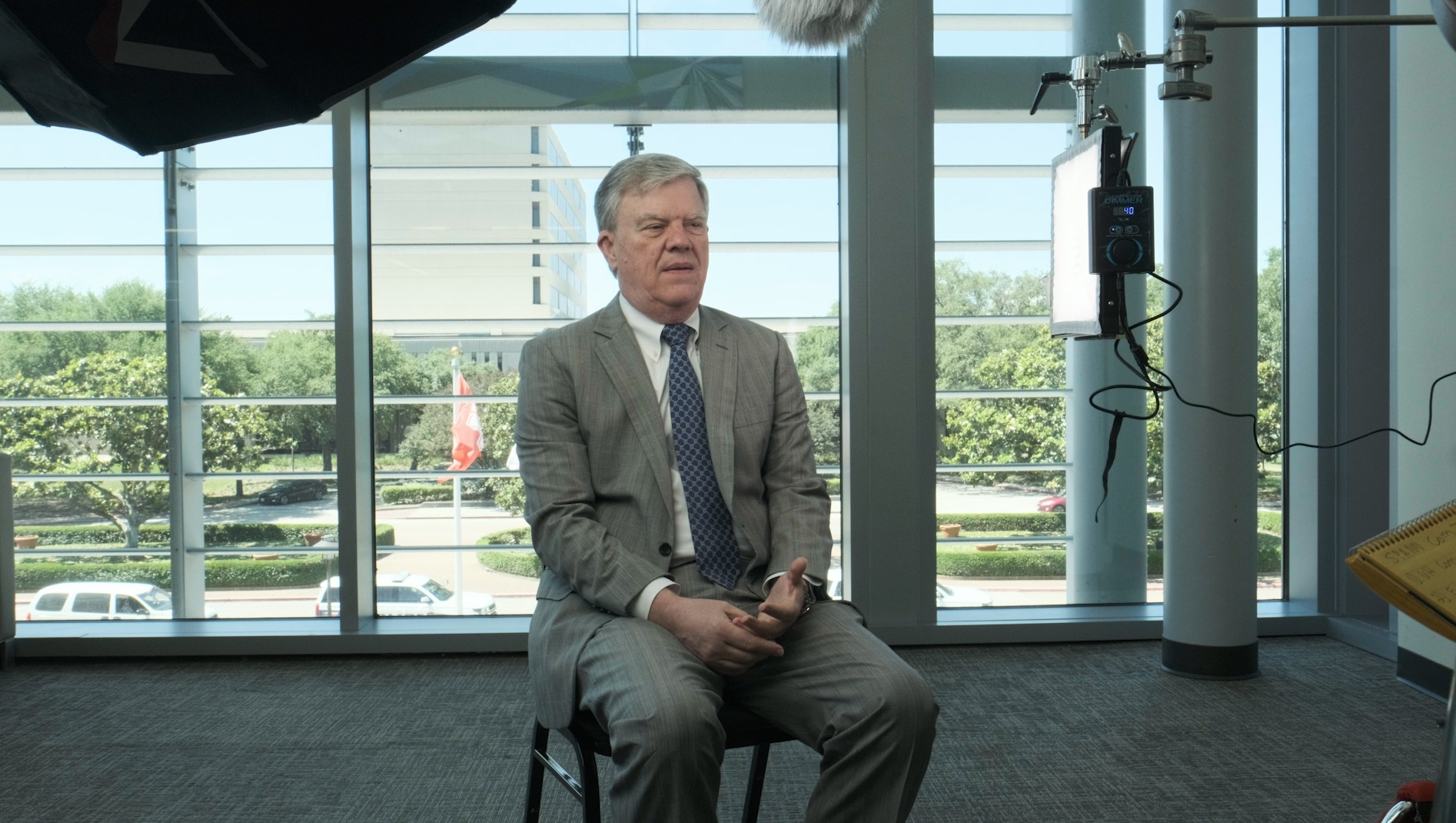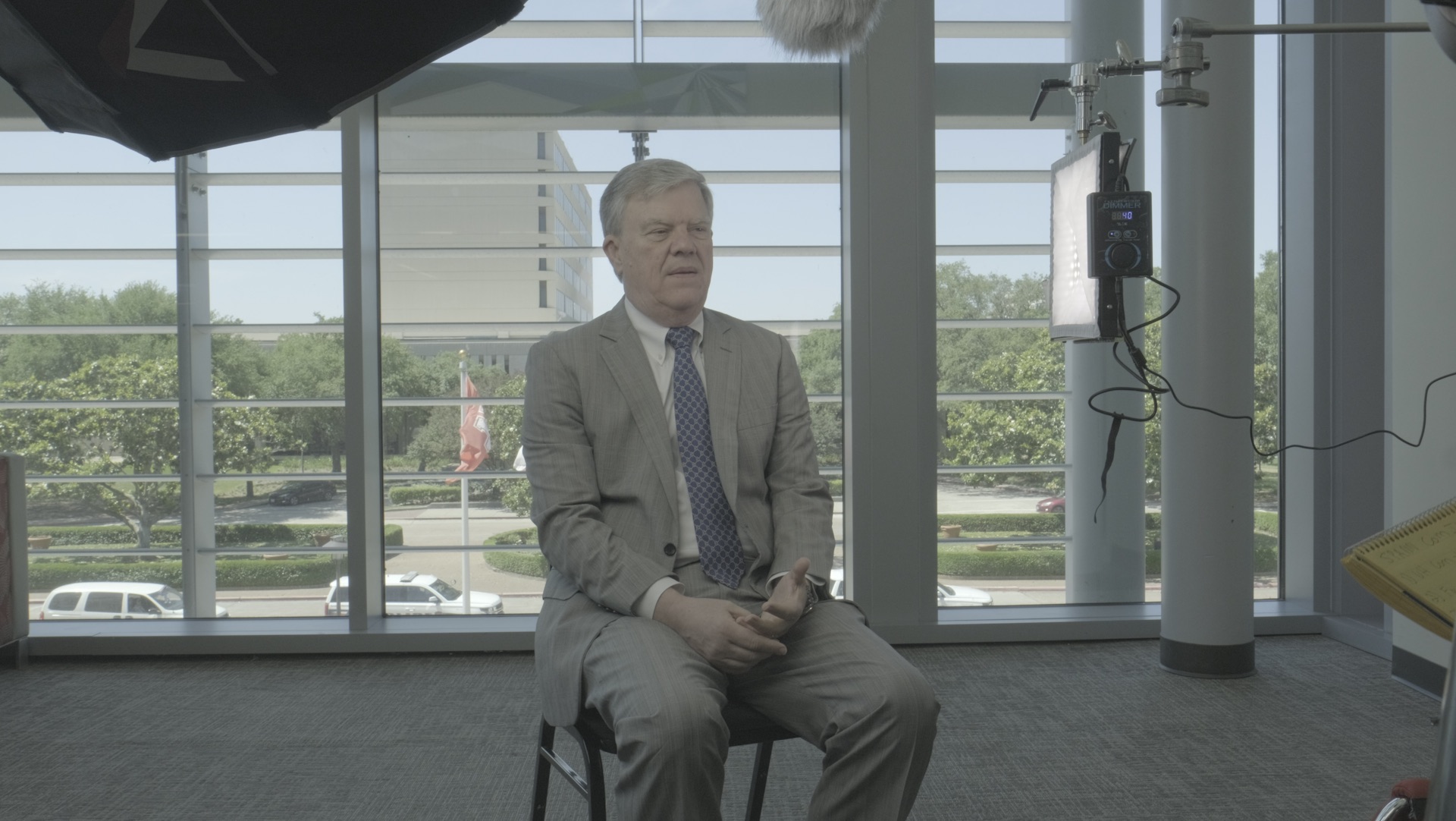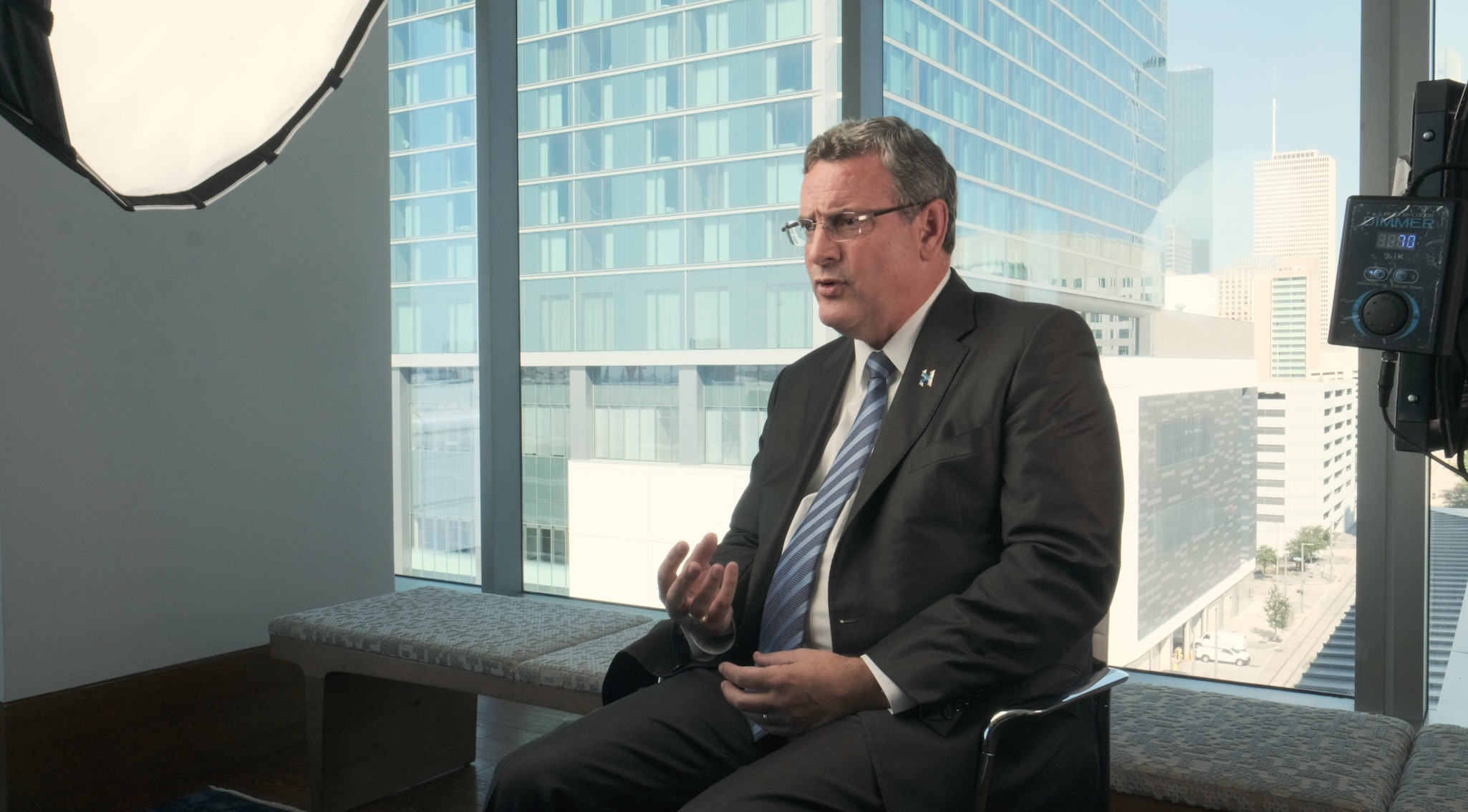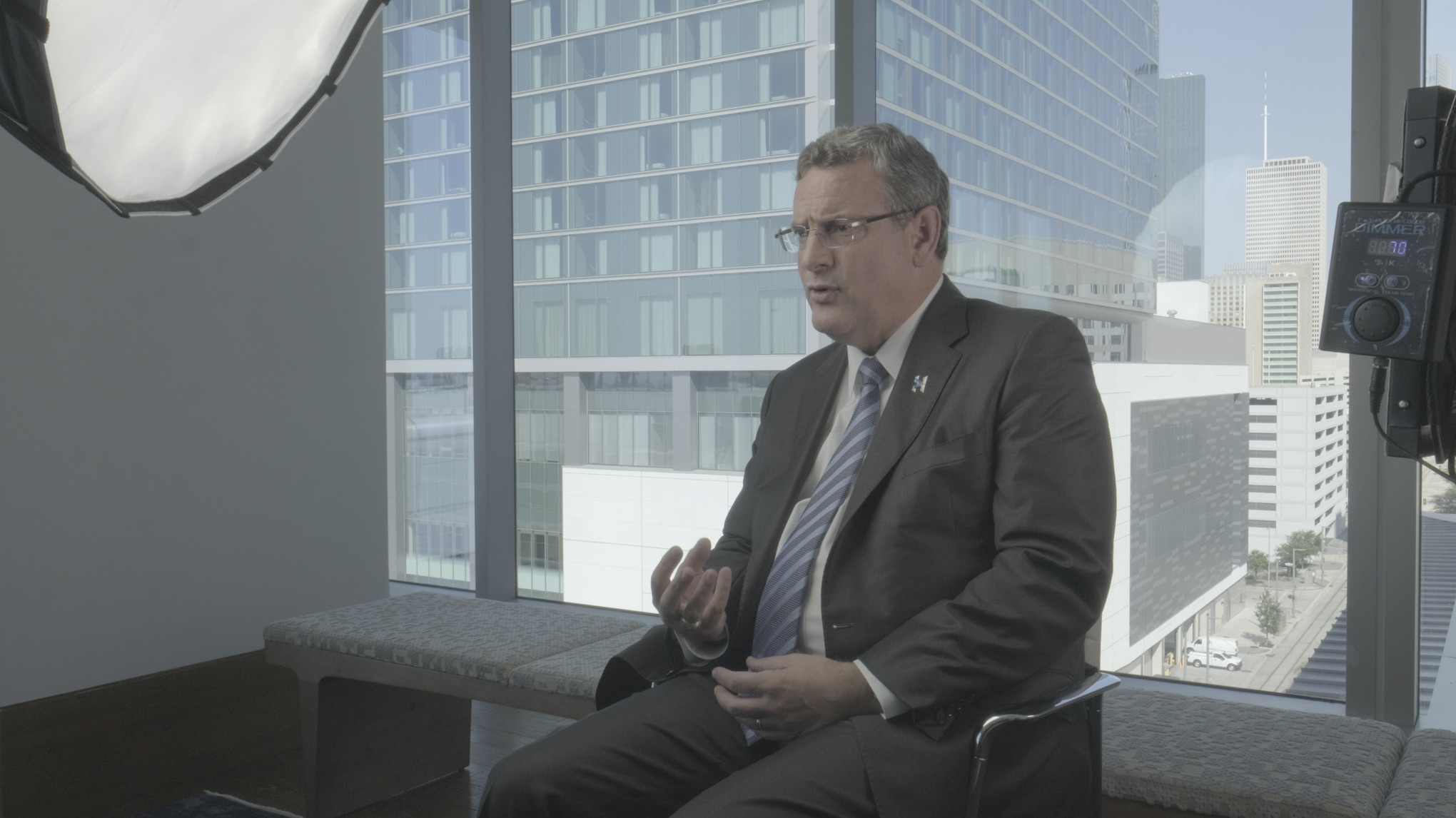I was driving around hunting arrowheads with my dad and brother, and listened to a Dan Carlin podcast on pain and suffering. He talked about how human beings are willing spectators in public executions, even clamoring for an unimpeded view of torture. Even today, people watch through glass as inmates are given lethal injection drugs. What's wrong with us?
A week earlier I was in the National Portrait Gallery, looking at an old lithograph of PT Barnum. It blew my mind that Barnum was smart enough to realize human beings will gather to view literally anything, so long as it was interesting and marketed in such a way to pique our innate curiosities. As human beings we have a thirst for knowledge, and the unexpected serves as another color to paint our vivid realities. At the very least it gives us something to talk about.
Carlin goes on to talk about how the Romans gathered in the Coliseum to watch men battle lions, lions battle bears, and a thousand other violent matchups presented in the guise of sport and entertainment. With the entire world at our fingertips, what will continue to compel us to gather in crowds as observers? Is there any future for real shared experience, or are we replacing it entirely with an internet based groupthink?
Think about the cost of sporting events. The Roman Coliseum was an epicenter of plebeian entertainment. There was a time when almost anyone could afford to take in a game, now you'd be pressed to find parking for less than $25. A handful players make almost $1m a week, all at the cost of the spectator. ESPN likes to use these huge contract signings as headlines, but they truly are a giant middle finger to the fans. Try to find a seat in an NBA arena for less than $100 that provides even half as good a view of the court as TV. That being said, an entire game without the steady mindless chatter of announcing might be worth the cost of admission.
MoviePass is almost dead, but theater chains are still hanging on, mostly by operating more like restaurants ($$$hello beer money$$$). But we've hit peak-stupid in moviemaking, swinging from one franchise to the next trying to manufacture hits and recapture the blockbusting magic of the 1980s. You may disagree with this, but we don't need any more Jurassic Park movies. Hollywood is dredging up nostalgia in an attempt to fill seats, but the movies themselves are secondary to the marketing. It stands to reason to think that theaters will likely go the way of bookstores in my lifetime. I can get a 70" 4K tv right now for the cost of seeing 5 movies in the theater, all of which are sequels. (This is completely inevitable, right???)
Live music is the last holdout. The recording industry was completely gutted by piracy, and the streaming services don't offer near the same financial benefits that album sales once did. Artists now need to hit the road more than ever to make ends meet. But the music itself, is increasingly pre-recorded. In Vegas, superstar DJs are the new Wayne-Newtonian attraction to get foot traffic in the casino. So we still show up for concerts, there's just less Marshall stacks and more Macbooks on stage.
We get on the internet to feel social connection, and we are social creatures, I am hopeful that we won't become too distracted to gather and partake in the spectacle, PT Barnum would agree.










